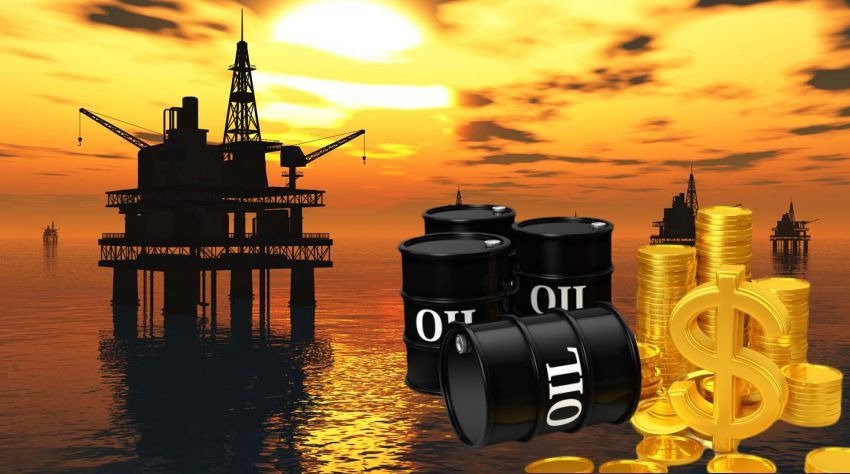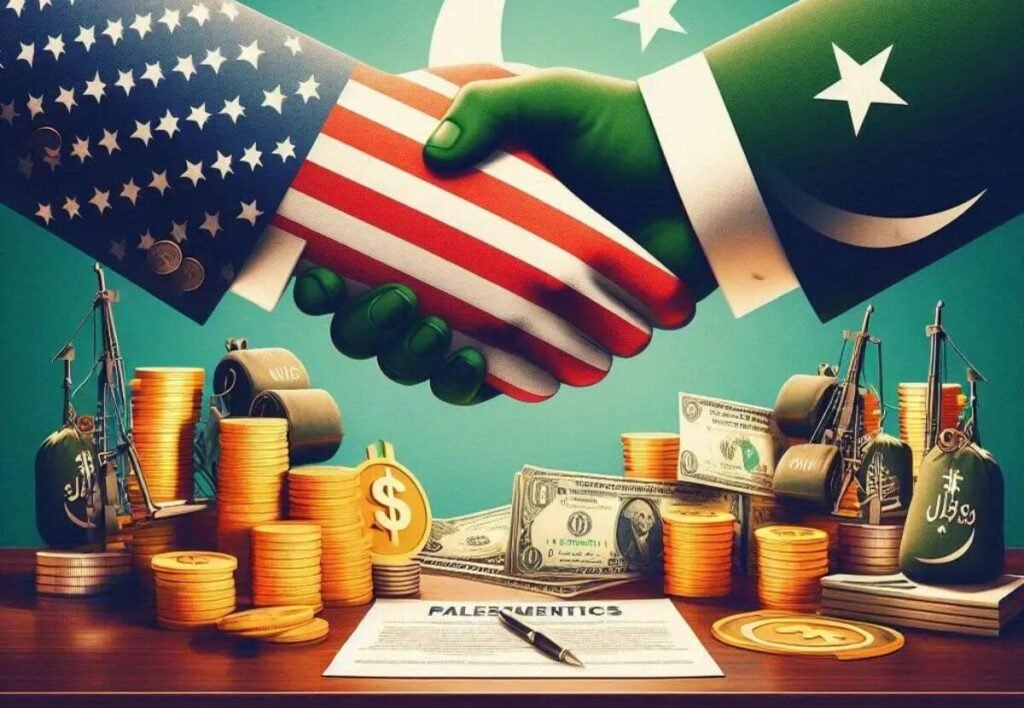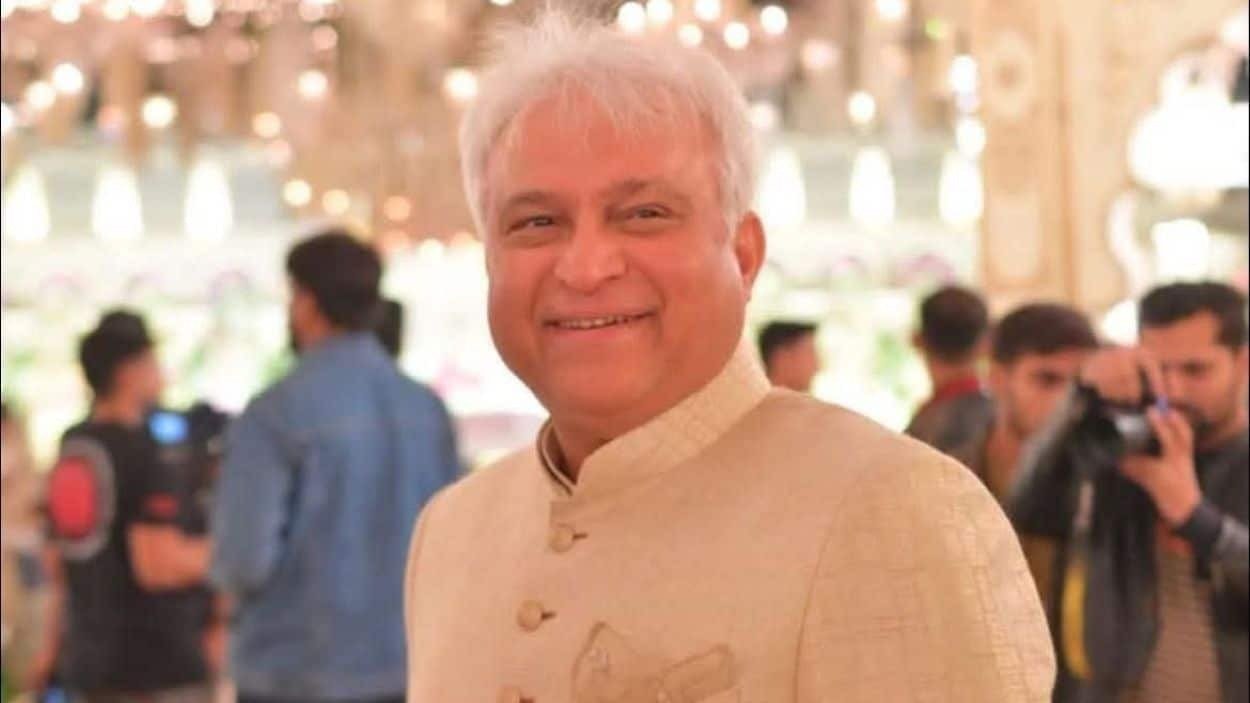The newly announced Pakistan–US Oil Reserves Agreement and Tariff Deal is set to redefine the Pakistani‑U.S. trade landscape. In this oil reserves agreement, the United States pledges support for developing oil reserves in Pakistan, tapping into the country’s massive oil reserves across regions like Balochistan and Sindh. Alongside this energy cooperation, the deal promises lower tariffs on Pakistan’s exports to the U.S., marking a major tariff reduction milestone. Officials described it as a mutually beneficial arrangement, where trade and investment must go hand in hand. Though no tariff rate disclosed yet, the framework paves the way for deeper economic collaboration, energy cooperation, and long‑term U.S. investment in Pakistan. For more latest news checkout, Pakistan coverage.
Oil Agreement
The Pakistan–US oil reserves agreement and tariff deal begins with a pact where Washington will help with developing oil reserves in Pakistan. Pakistan has large, mostly untapped oil fields in Balochistan, Sindh, Punjab, and Khyber Pakhtunkhwa. U.S. support in this exploration partnership means tapping into these massive oil reserves. The concluded deal included language about choosing the oil company to lead the project. President Trump wrote: “We have just concluded a Deal with the Country of Pakistan… we are in the process of choosing the Oil Company that will lead this Partnership.”
Pakistan currently imports over $11 billion in oil annually. With this energy cooperation, the country may reduce import dependency. This bilateral trade agreement reflects a broader economic cooperation where trade and investment must go hand in hand. It paves the way for Pak US trade relationship to include exploration partnership for oil as well as possible export to markets like India someday.
Tariff Deal
The tariff deal part of this Pakistan–US Oil Reserves Agreement and Tariff Deal addresses previously threatened tariffs. Pakistan faced a suspended 29% tariff on exports to the U.S. to allow negotiations. The new agreement promises tariff reduction, especially on Pakistani textiles, IT, agriculture, and minerals. Islamabad says there will be a reduction of reciprocal tariffs.
Finance Minister Muhammad Aurangzeb insisted this is a mutually beneficial arrangement that goes beyond mere export access. He stressed that trade and investment must go hand in hand, explaining why the deal includes energy and mining cooperation along with Pakistani exports to U.S. sectors. The no tariff rate disclosed remains a question.
Trade Sectors

This trade deal covers many economic areas. It includes energy cooperation, mines and mineral cooperation, IT/software, cryptocurrency, and textiles. Pakistan’s textile industry earned about $3 billion export surplus with the U.S. in 2024. Enhanced access through lower tariffs would benefit this sector most.
Beyond textiles, investments are expected in infrastructure, mining, and digital services. This economic collaboration will also attract U.S. investment in Pakistan in sectors like renewables, mining, even cryptocurrency. The interplay of oil exploration and export access shows broader economic cooperation. To get all the latest news, click here.
Strategic Impact
This Pakistan–US trade arrangement strengthens strategic ties. U.S. involvement in Pakistan’s stratified energy sector signals a strategic partnership shift in South Asia. The U.S. aims to reduce Pakistan’s reliance on China, and this agreement is part of that shift. Competition with India is clear: India faces new 25% tariffs while Pakistan is excluded, giving Islamabad an advantage in U.S. markets.
This plan may boost Pakistan’s geopolitical influence and attract long‑term foreign investment. With energy projects underway, Pakistan could transition from importer to potential exporter. The success of the oil partnership and Pak US trade relationship may position Pakistan as a regional energy hub.
Company Selection
In this oil reserves agreement, officials confirm they are choosing the oil company that will lead development. No firm names have been disclosed yet. The decision process will weigh technical skill, security track record in Balochistan, and financial capacity. This step is critical since selecting the right partner ensures success in developing oil reserves.
Pakistan aims to keep transparency and possibly involve a consortium under a competitive bid. The future of this exploration partnership will hinge on choosing the oil company with adequate experience in challenging environments.
Unknown Tariffs
The agreement promises lower tariffs, but no tariff rate disclosed so far. Islamabad and Washington have agreed to tariff reduction, but details remain opaque. Questions include how much reduction, when, and which sectors benefit most from unknown tariffs. Until formal documents are revealed, uncertainty remains over specifics in textiles, IT, agriculture, and minerals.
These unknowns will affect export planning and investor confidence. Clear timelines and rate schedules are essential to fully benefit from the trade deal. Explore top world stories and global updates, click here.
Summary
| Component | What It Covers | Status / Notes |
| Oil Agreement | U.S. help for developing Pakistan’s oil reserves | Deal announced; oil company selection pending |
| Tariff Deal | Cut or reduce U.S. tariffs on Pakistani exports | Framework agreed but no tariff rate disclosed |
| Trade Sectors | Textiles, IT, energy, mining, crypto | Broad coverage under economic collaboration |
| Strategic Impact | Geopolitical shift, U.S.–Pakistan alignment | Strategic partnership evolving |
| Company Selection | Process for selecting partner in oil development | Choosing the oil company underway |
| Unknown Tariffs | Exact tariff cuts and timelines | Yet to be shared |
Frequently Asked Questions (FAQs)
What is the tariff rate of Pakistan?
Pakistan applies a simple average MFN duty of 10.3% and a trade‑weighted average tariff of about 7.6–7.7%.
What is the electricity tariff in Pakistan?
The average national electricity tariff is about Rs 31.6 per unit, with domestic, commercial, and industrial rates varying (e.g. domestic ~Rs 31.63, commercial ~Rs 62.47).
What is the current tariff rate?
As of 2022, Pakistan’s applied weighted mean tariff rate was approximately 7.7%, with a simple average around 10.3%.
What is the US tariff on Pakistan imports?
The U.S. had announced a 29% “reciprocal tariff” on Pakistani exports, currently paused and likely reduced to around 10% baseline under recent trade frameworks.
Which country has the most tariffs?
As of April 2025, the United States imposed the highest average tariff rate among major economies, estimated at 22.5–24%, exceeding countries like Iran and Venezuela.








